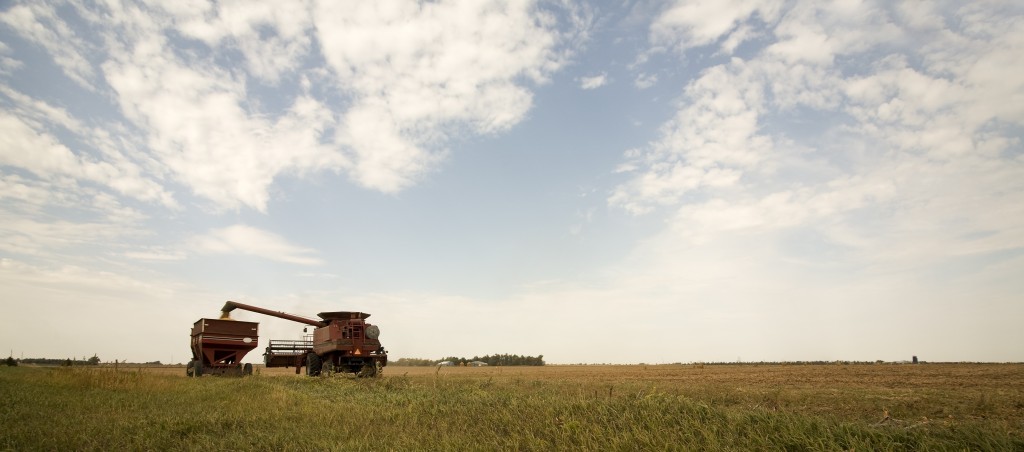
In just the last decade, the energy outlook in the United States has undergone a drastic transformation. Thanks to rapid expansion of production in states like North Dakota, the United States is now a global leader in energy supply. Our expanding energy supply has also left us less dependent on energy resources imported from places like the Middle East, helping us to assert greater control over our economic future.
Taken together with the expansion of renewable energy sources like corn ethanol and wind energy, we as a nation are becoming increasingly energy independent. Thanks to vast reserves of fossil energy and ongoing advancements in both the production of renewables and the extraction of additional fossil energy, our nation has at its disposal nearly all of the tools that it needs to secure an economic future defined by a stable supply of affordable American energy.
But if this is the future that we aspire to, then more has to be done to make it a reality. Currently, energy infrastructure – particularly in the Midwest thanks to the rapid expansion in Bakken oil supply – is behind the times. Pipeline capacity has not kept pace with the growth in our ability to extract American oil. In order to fully realize the benefits of growing American energy production, expansion of pipeline infrastructure is of urgent importance.
Projects like the Dakota Access Pipeline, which would transport American crude oil from North Dakota to Illinois and on to American refineries, address the urgent need to more efficiently transport our energy resources. Doing so keeps prices stable and further reduces our need for foreign oil, helping to bring us closer to our dream of American energy independence.
But Dakota Access means more than energy security. The project also represents a considerable economic opportunity for the Midwest, bringing nearly $4 billion in private investment, creating more than 10,000 jobs, and generating tens of millions of dollars in tax revenue without costing a dime of taxpayer money. It represents a chance to energize local economies throughout our region, keeping our states on a path toward continued growth in the years ahead.
Updating our region’s lagging pipeline infrastructure also brings benefits to the agricultural economy that has fueled our states for generations. No sector depends more heavily on affordable fuel than agriculture. Investment in our region’s network of pipelines means more affordable energy, and improved bottom lines for farmers throughout the region.
Construction of Dakota Access also improves the region’s transportation and freight network by moving crude oil off of the roads and rails and into a state-of-the-art pipeline – a move that brings both reduced shipping costs and congestion for farmers as well as greatly improved efficiency.
Pipelines are also far safer than railcars or trucks. Statistically speaking, there is no better way to transport the energy that we need than a modern pipeline.
The Dakota Access Pipeline is an opportunity to help the Midwest play a pivotal role in improving our nation’s energy outlook. But perhaps even more importantly, it’s a project that brings unique benefits to countless sectors within the Midwest, from consumers and farmers to laborers and business leaders.